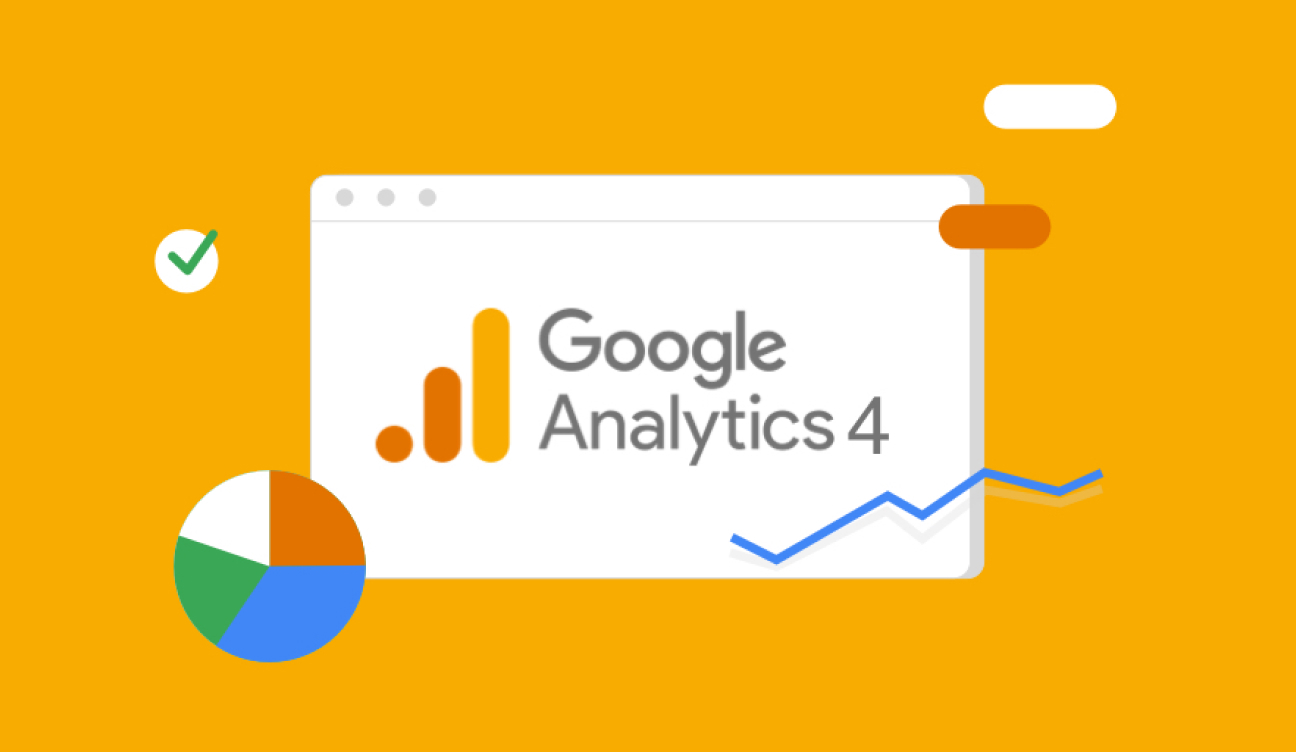Tracking Paid Media Performance on Google Analytics 4 (GA4)
When it comes to analysing performance in Google Analytics 4 (GA4), one of the biggest challenges advertisers face is reconciling GA4 data with the numbers reported by ad platforms. A common source of confusion lies in how GA4 attributes traffic. To get accurate comparisons, it’s important to understand the distinction between session source/medium (GA4’s default attribution) and session ‘manual’ source/medium (based solely on UTM tagging).
Why Manual Session Source Matters When Comparing GA4 With Ad Platforms
1. Session Source/Medium: GA4’s Default Attribution
By default, GA4 applies last non-direct click attribution to session source/medium. This means that GA4 doesn’t just use the UTM tags you’ve set—it applies its own logic to determine the "best" traffic source.
For example:
A user clicks on a display ad tagged with utm_source=CRATE_display and utm_medium=display.
Later in the same session, the user comes back through another channel, like google/organic or direct/none.
GA4 will attribute the entire session to the later channel, effectively overwriting the original display ad source.
While this method can be helpful for understanding user journeys and conversions from a holistic perspective, it can also undercount display sessions (and other paid traffic) when compared directly against the clicks reported in your ad platforms.
2. Session ‘Manual’ Source/Medium: The UTM-Only Approach
Manual session source/medium strips away GA4’s attribution rules and relies exclusively on the UTM parameters you set in your ad links.
No referral adjustments
No Google Ads auto-tagging
No organic detection logic
In other words, what you tag is what you see.
This makes the manual source the most reliable metric when you need to match GA4 sessions to clicks reported in your ad platforms.
Why This Distinction Matters
When comparing GA4 to ad platforms, the goal is usually to validate that the traffic you paid for actually made it to your site. Here’s why ‘manual’ session source is so important:
Cleaner Comparison With Ad Platforms
Ad platforms report on clicks, not on GA4’s adjusted “best guess” of traffic source. The ‘manual’ session source ensures you’re comparing like for like.Avoid Undercounting Paid Campaigns
GA4’s default attribution may reassign some paid sessions to organic or direct, making your paid channels appear to underperform. This can lead to inaccurate conclusions about ROI.Greater Transparency in Reporting
Using manual tagging puts control in your hands. Since UTMs are set by you, there’s no second-guessing how GA4 categorised a session.Consistency Across Channels
If you’re running multi-channel campaigns, ‘manual’ session source ensures that each click is tied back to its original UTM, providing a clearer view of performance across platforms.
Best Practice Recommendation
Use session manual source/medium when reconciling GA4 data with ad platforms. This ensures accuracy when validating traffic and spend.
Use default session source/medium when analysing overall customer journeys, multi-touch attribution, and organic vs. paid performance.
By separating these two perspectives, you gain both the accuracy needed for media buying decisions and the broader insights needed for marketing strategy.
Chat to us on how we can develop your paid media strategy, starting with a free channel analysis.


